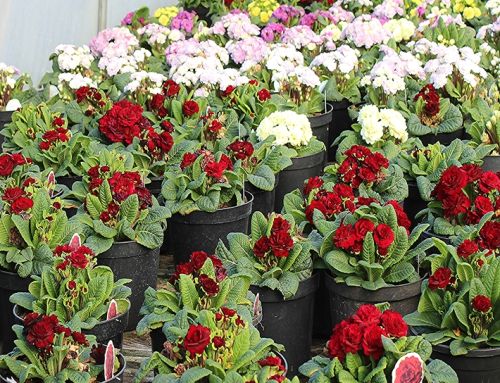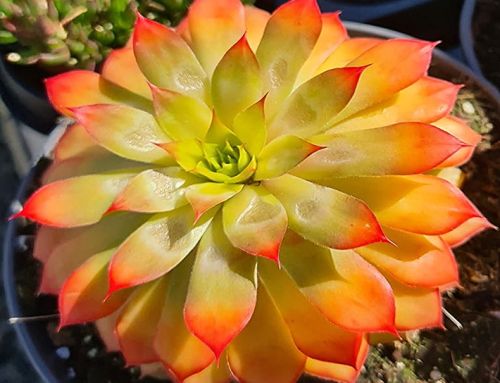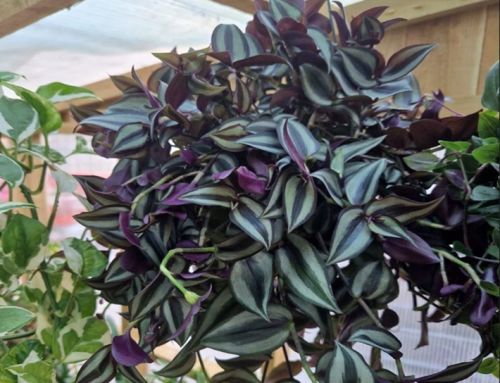A guide to growing autumn shallots.
A shallot is a variety of the onion now; it had once been classified as a separate species until 2010 when it was deemed that the difference was too small to justify a separate species. They are popular in cooking because they have a less tangy bite to them as onions. You can substitute shallots for onions in every recipe but you will need to use the same volume so you may need several shallots for one small yellow onion. They are mild and sweet with just a hint of garlic flavour.
 We have just received a stock of the Shallot ‘Griselle’ this is regarded by cooks as the ‘true shallot’ and also known as the ‘French Grey Shallot’. It is a long bulb species, with a purplish pink flesh and a grey skin and favoured by the French for its exquisite flavour. In fact, it is said that no French chef would allow any other variety into the kitchen.
We have just received a stock of the Shallot ‘Griselle’ this is regarded by cooks as the ‘true shallot’ and also known as the ‘French Grey Shallot’. It is a long bulb species, with a purplish pink flesh and a grey skin and favoured by the French for its exquisite flavour. In fact, it is said that no French chef would allow any other variety into the kitchen.
The quickest and easiest way to grow your own shallots is from sets rather than seed, sets are just small shallots that you grow on to cooking size. All you will need is a little bit of time and a sunny, well-drained area. By planting September to December, you will be able to harvest June up until September the following year.
Planting
Rake over the soil to break down any large lumps. Plant the sets with the tips showing and space the sets 15-20cm apart allowing 30cm between rows. Cover with fleece or netting to stop birds pulling up the bulbs.
Care
Shallots like moist but well-drained soil. Water the shallots during dry spells and keep the area weed free, it is best to hand weed them as hoeing will damage them. In order to prevent any of the fungal diseases such as onion white rot avoid getting the foliage wet, so water from the base, this way it also ensures the water reaches the roots. Give your autumn shallots a boost with a feed that is high in nitrogen in the spring.
Harvesting
It takes about 36 weeks from planting for autumn shallots to be ready to harvest. Look out for the leaves drooping and they will turn brown when they have stopped growing. Rather than just pulling them up and risk damaging the roots, it is better to take a garden fork and gently lift them and the soil below them and just ease them out, they will store much better with the roots intact.
Storing
Dry the shallots on newspaper or racks, until their outer skins rustle when touched. They can then be placed in nets and hung in a cool, dark, dry place where they will last for months.






